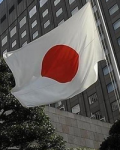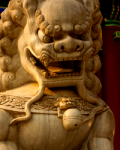-
China tightens credit limit on offshore spending
April 26, 2016
THE Chinese Government has capped spending by Chinese tourists on the national credit card UnionPay, with some returning travellers reportedly being checked over by Customs in Shanghai. But the growing Chinese
middle class is unlikely to stop holidaying overseas . . .





